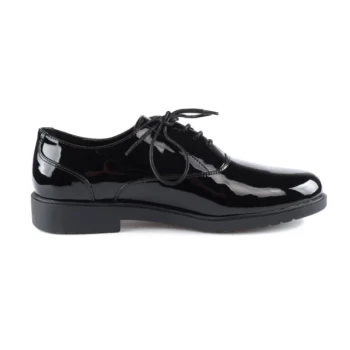Winter-specific cycling shoes provide significant advantages for riders facing cold, wet, or harsh winter conditions. These shoes are engineered to offer superior insulation, waterproofing, and durability compared to regular cycling shoes or overshoe alternatives. Key benefits include enhanced warmth retention, protection from wind and moisture, and long-term cost savings due to their robust construction. They are particularly valuable for frequent winter cyclists who prioritize comfort, performance, and safety in challenging weather. While overshoes offer a budget-friendly alternative, winter-specific shoes deliver unmatched performance and convenience for dedicated riders.
Key Points Explained:
-
Superior Insulation and Warmth Retention
- Winter-specific (outdoor shoes)[/topic/outdoor-shoes] are designed with advanced insulating materials to retain heat, preventing numb toes and maintaining foot comfort in freezing temperatures.
- Unlike overshoes, which add insulation to existing shoes, winter shoes integrate insulation directly into their construction, ensuring consistent warmth without bulk.
-
Enhanced Waterproofing and Weather Protection
- These shoes feature waterproof membranes (e.g., Gore-Tex) and sealed seams to block wind, rain, and snow, keeping feet dry in wet conditions.
- Overshoes can provide some waterproofing but may fail at seams or zippers, while winter shoes offer full coverage and durability.
-
Durability and Long-Term Value
- Constructed from robust materials like reinforced synthetics or leather, winter shoes withstand repeated use in harsh conditions, often lasting multiple seasons.
- Though more expensive upfront than overshoes ($50–$90), their longevity eliminates frequent replacements, offering better cost-per-use over time.
-
Convenience and Performance
- Eliminate the hassle of fitting overshoes before each ride and avoid compatibility issues with cleats.
- Designed for winter riding, they often include features like grippy soles for walking on ice and reflective elements for low-light visibility.
-
Comfort and Safety
- Protect vulnerable extremities from frostbite and numbness, enabling longer, more comfortable rides in cold weather.
- Secure fit and stiffness optimize power transfer, maintaining cycling efficiency without compromising warmth.
-
Alternatives: Overshoes vs. Winter Shoes
- Overshoes: Affordable and versatile for occasional use but less durable and insulating.
- Winter Shoes: Ideal for frequent riders, offering unmatched protection and performance despite higher initial cost.
For cyclists committed to winter riding, investing in dedicated winter shoes ensures comfort, safety, and performance—proving their worth mile after mile.
Summary Table:
| Feature | Winter Cycling Shoes | Overshoes |
|---|---|---|
| Insulation | Built-in advanced materials | Added layer, less efficient |
| Waterproofing | Full coverage (e.g., Gore-Tex) | Seams/zips may leak |
| Durability | Multi-season use, robust materials | Prone to wear and tear |
| Convenience | No extra steps, cleat-compatible | Requires fitting per ride |
| Cost Efficiency | Higher upfront, better long-term | Cheap but frequent replacement |
Ready to conquer winter rides with confidence? 3515, a leading large-scale footwear manufacturer, specializes in high-performance winter cycling shoes designed for distributors, brands, and bulk buyers. Our products combine cutting-edge insulation, waterproof technology, and ergonomic designs to keep cyclists safe and comfortable in extreme conditions. Whether you're a retailer looking to stock durable winter gear or a brand seeking custom solutions, we offer scalable production tailored to your needs. Contact our team today to discuss bulk orders or OEM partnerships—let’s gear up for the season together!



















